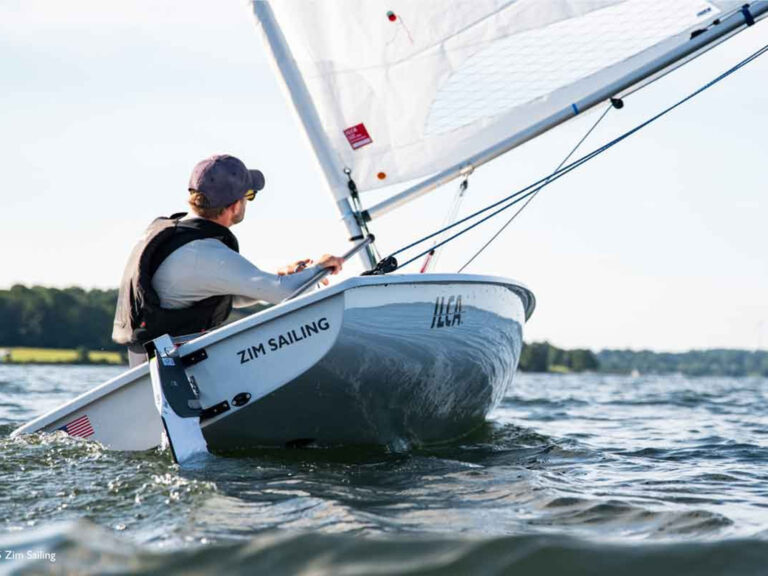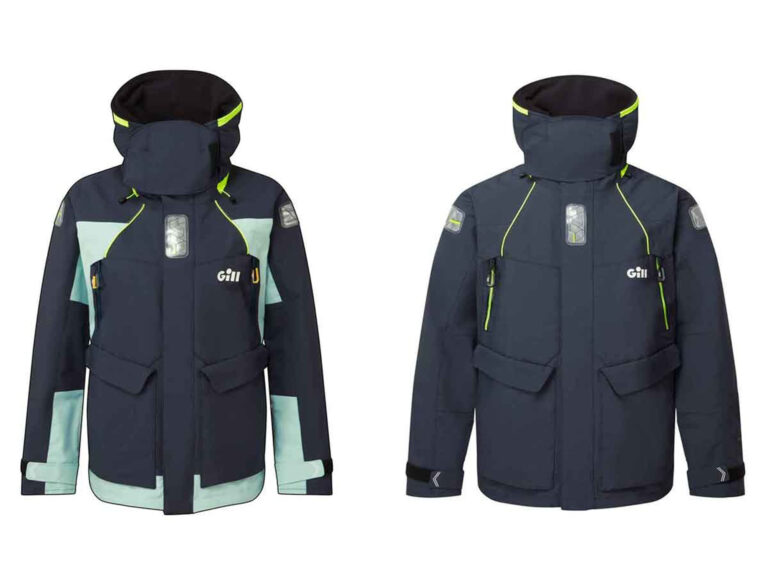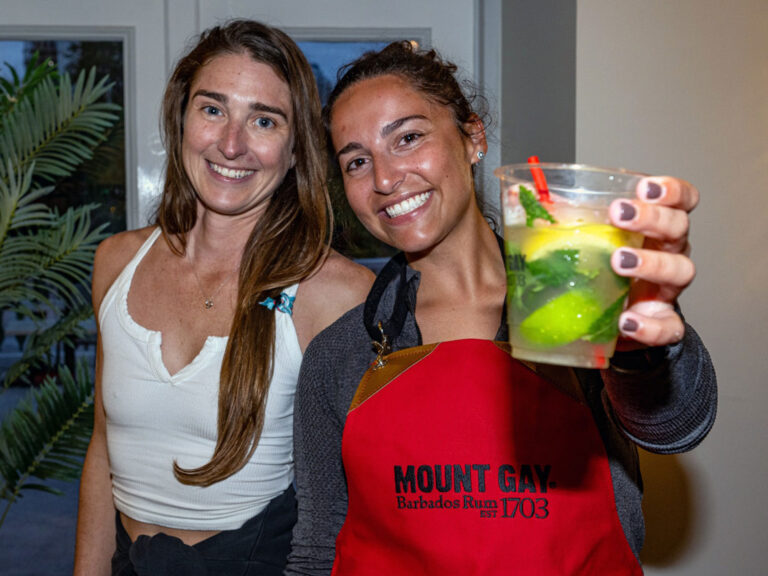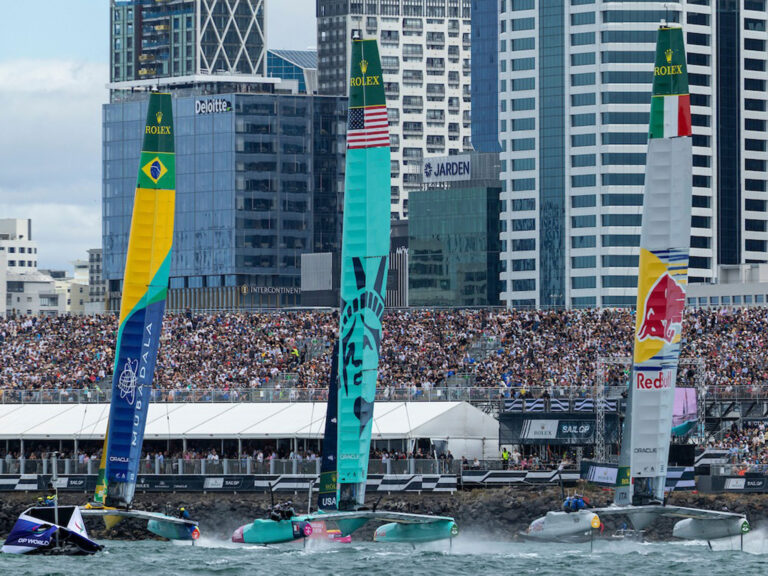On my way down to the boat this morning, I remembered someone once told me, “You’re only as good as your last race.” Today’s forecast showed a slight right trend all day, which had me thinking this was shaping up to be a pretty easy day to get around the racecourse. Just protect the right.
I couldn’t have been more wrong.
Instead, the day turned out to be another episode in my personal Willy Wonka land. Not only did we have to deal with the crazy “Gloop” weeds again, but there was significant current swirling around the course.
Race 1
Prior to the start, we sailed upwind, getting numbers and watching the crab pots to see if there was any difference in the current across the course. It appeared pretty consistent.
In our prestart discussion, I called for a boat-end start with the option of going straight. Our start was smooth; we hit the middle of the line with speed, and off we went. All was well until I called the layline to the weather mark.
As soon as I made the call, I knew how Violet Beauregarde felt when she made the bad decision to eat the untested “three-course meal” chewing gum. Not only did I blow the layline by angle, but the current was really strong, which exacerbated the issues like Violet blowing up into a blueberry. Most of the fleet was able to tack under us and make the mark. I was sure I would be sent to the juicing room, just like Violet.
I was frustrated by the situation, but I needed to move my focus forward and figure out how to catch boats. Downwind we went and back up to the windward mark.
Dashvo, am I really back in the same situation, needing to make a long layline call? The questions run through my mind: How much current is there? Will there be a shift before we make it to the mark? How close are the other boats? Will they lee bow us or duck?
OK…we’re tacking in 3…2…1. I made a better call this time, but it still didn’t erase the first windward layline. I continued to chastise myself. In my mind, our result—second place–did not reflect my performance.
Race 2
So, how much current does there need to be to swing the committee boat so the stern is upwind? Well, as it turns out, less than I thought.
For the last start of the day, the current was pushing the water upwind, making it easy to get to the line too quickly. I called for an aggressive approach very low from the line. The bowman gave the alert that we were pretty far from the line. My mind raced. Was I going to screw this one up, also?
Yep, we were way late to the line. The good news was everyone else was also. “OK, Marty, strike two…let’s not make it a third,” I said to myself.
Focus forward. How can I use this current to our advantage? There were definitely different currents across the course. If I could pick the right locations and not give up too much on the shifts, this strategy might work.
On the last beat upwind, we rounded the bottom mark in third place. I kept reminding myself to watch the color of the water; look for the lines of seaweed, pick the right lanes. The strategy paid off. We made the right call and passed both boats. A bullet to end the day.
On the way in, I thought about what my report card would read for the day’s performance. “Some bad calls; some good calls. Overall, adjusted to the situation around him, but still needs improvement.” More importantly though, what should I be doing better to avoid these costly mistakes in the future?





